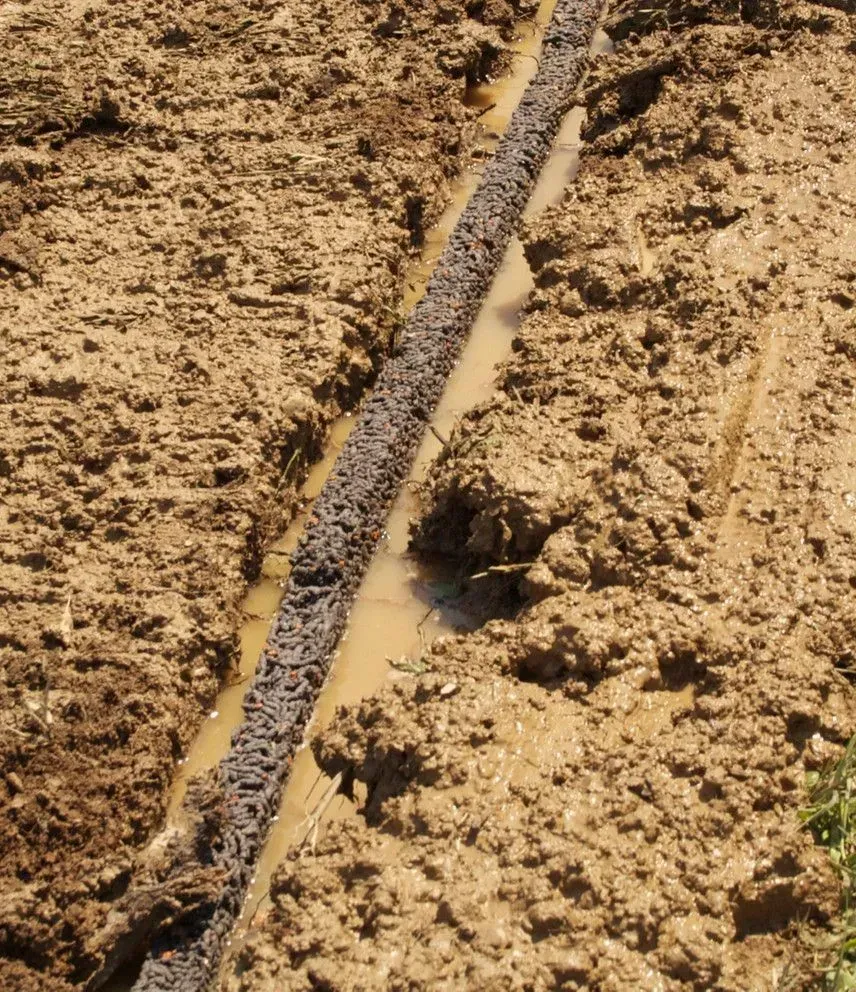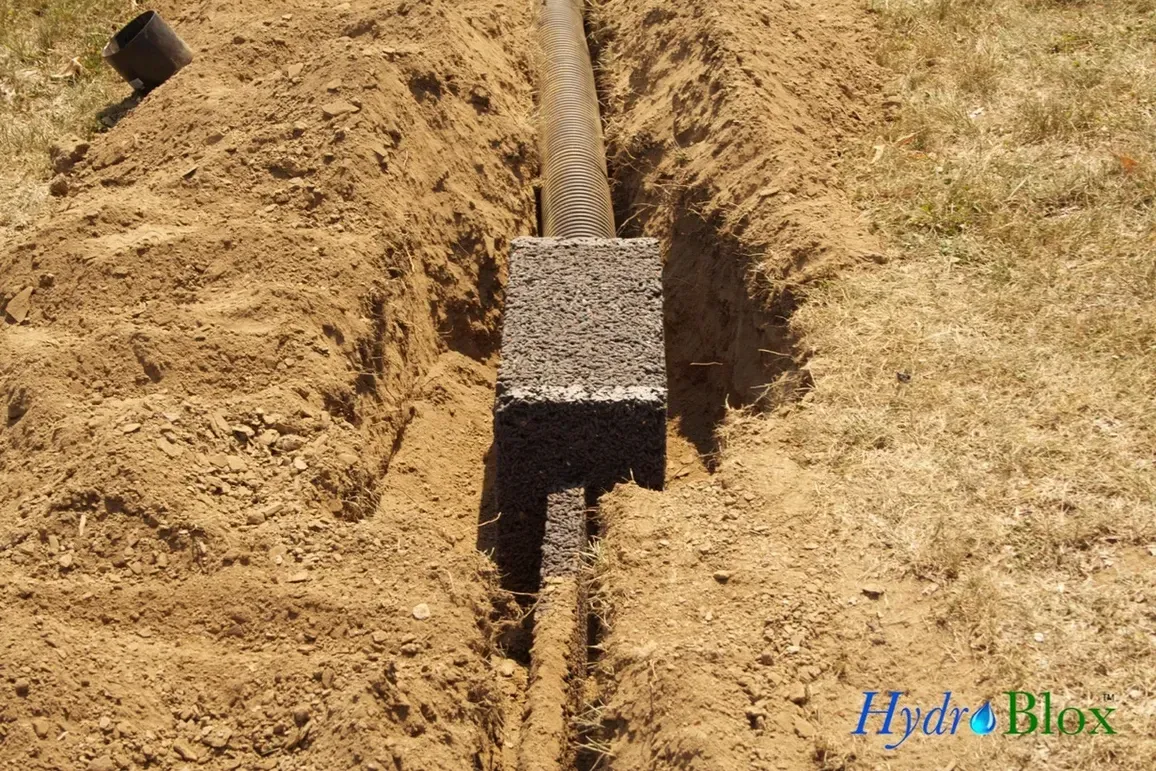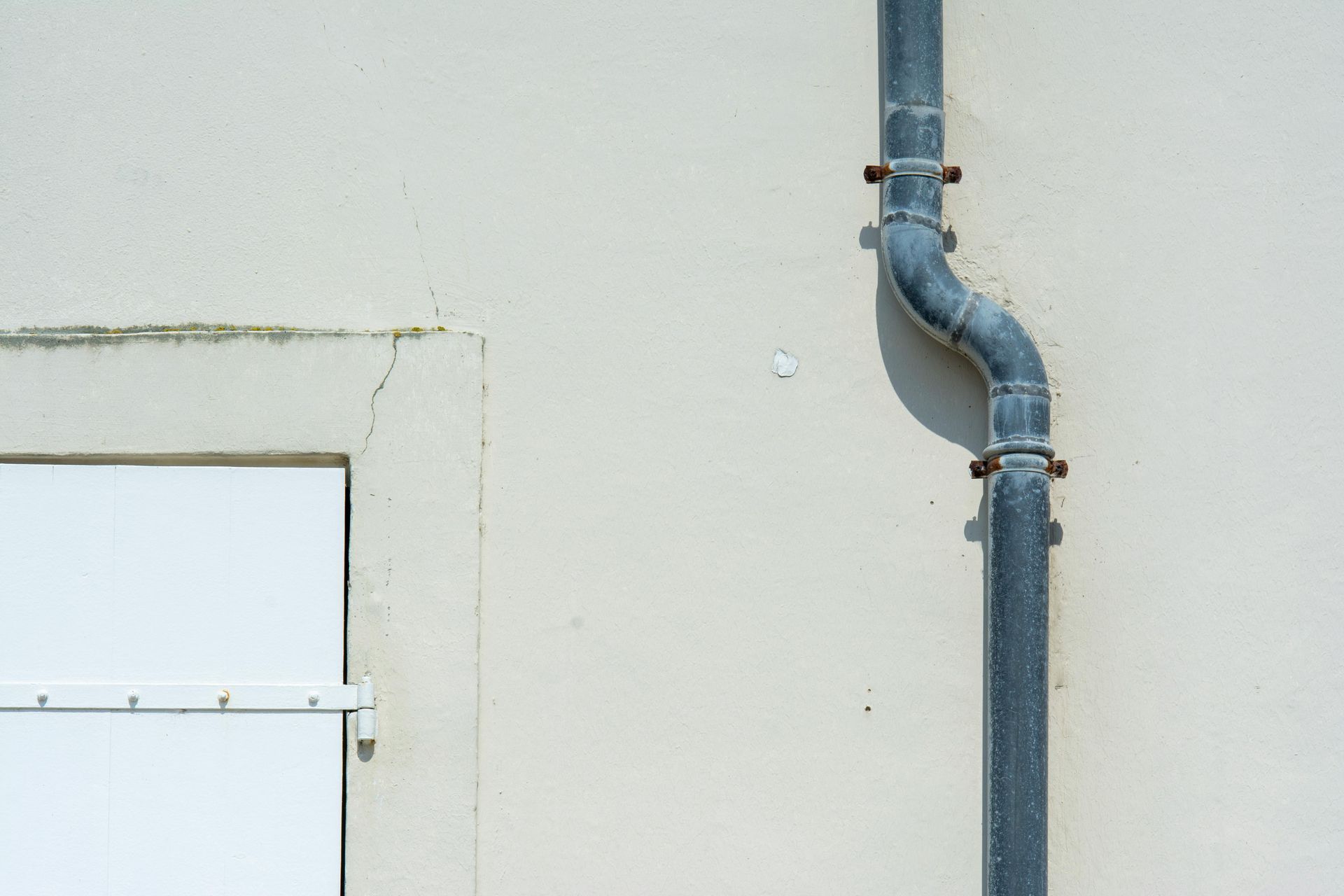What are Retaining Walls? A Comprehensive Guide
What Are Retaining Walls?
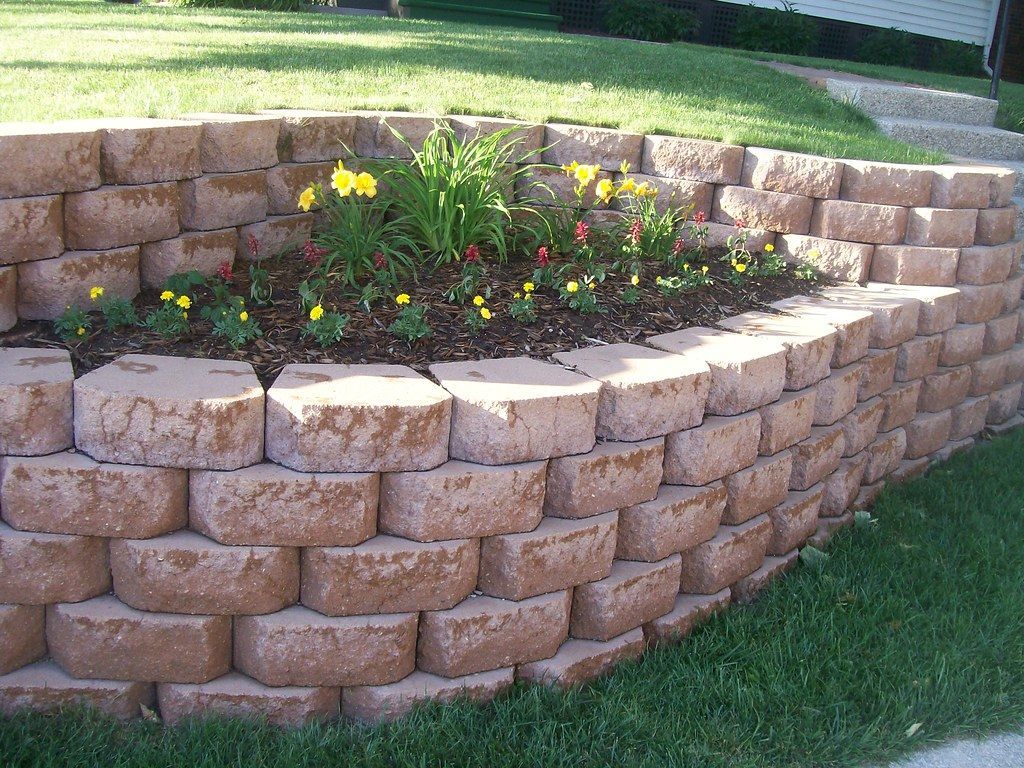
Retaining walls are more than just structural elements; they are engineered structures designed to resist lateral earth pressure from soil, rock, and other granular materials while managing soil erosion, improving landscape layout, and creating usable outdoor spaces. Whether you're dealing with sloped terrain, preventing landslide risks along a road, stabilizing clay soil on steep slopes, or looking to add visual interest to your garden hardscape, the right retaining wall can make a significant difference.
Retention Wall in Engineering
What is a retention wall in engineering terms? It's a critical structure in civil engineering and structural engineering that holds back earth at different elevations, withstanding significant force from gravity, water pressure, soil weight, and friction from retained materials. These structures must resist overturning, sliding, and bearing capacity failure while maintaining their structural integrity and proper behavior over decades of service. The wall height, soil density, and slope angle all influence the design requirements and stress distribution within the structure.
From
basement walls supporting building foundations and floor systems to seawalls protecting waterfront properties, retaining walls serve diverse applications in geotechnical engineering. They prevent natural erosion processes, manage surface runoff and groundwater from varying water table conditions, and create stable surfaces from challenging terrain. The engineering design must account for lateral earth pressure, pore water pressure, shear force, bending moment, and various environmental forces that could lead to failure. Engineers use soil mechanics principles and finite element method analysis to predict structure behavior under different loading conditions.
The Benefits of Retaining Walls
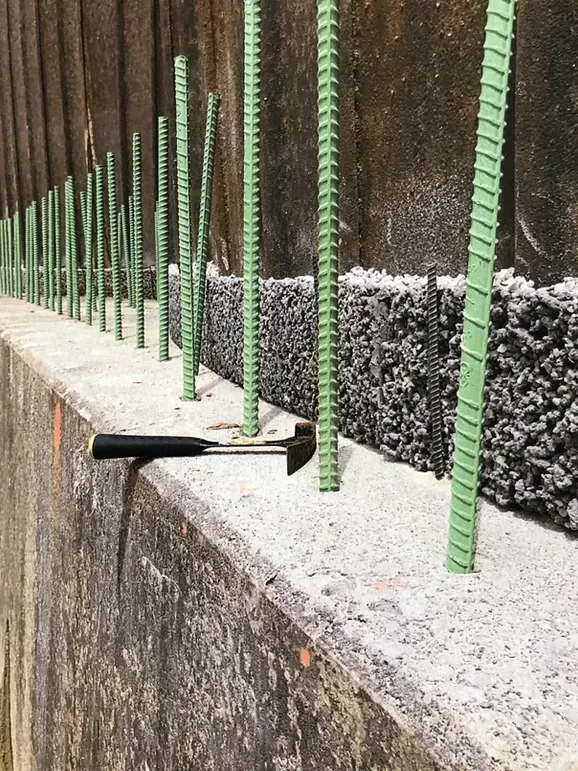
Erosion Control and Soil Stability
Retaining walls help stabilize soil on sloped properties, preventing erosion and soil erosion caused by rain, irrigation, and surface runoff. This is crucial for maintaining the integrity of your yard and protecting your home's foundation and floor systems from undermining. The walls resist lateral earth pressure and maintain stable soil conditions by counteracting gravity forces that would otherwise cause landslide or slope failure.
In areas with challenging geology, retaining walls provide essential erosion control by maintaining the angle of repose of retained granular material. They prevent sand and gravel from shifting while controlling clay soil expansion and contraction cycles that can damage structures. The wall design must consider soil density, friction angle, and the behavior of different earth materials under various moisture conditions. Engineers analyze stress distribution and force transmission through proper geotechnical engineering to ensure adequate stability against failure modes.
Improved Drainage and Water Management
When integrated with HydroBlox technology and properly designed pipe systems, retaining walls redirect excess water effectively, reducing pooling and potential flooding. Advanced drainage solutions manage both surface water and groundwater through carefully planned systems that control water table fluctuations and prevent hydrostatic pressure buildup that could compromise wall stability.
The drainage design must consider water table fluctuations, seasonal moisture changes, and extreme weather events. Proper waterproofing and weep hole installation ensure effective water management, while granular material backfill with appropriate porosity provides drainage pathways. Advanced drainage solutions like HydroBlox maintain consistent porosity and resist clogging, ensuring long-term performance in managing pore water pressure and preventing soil saturation behind walls. This is particularly critical in areas with high groundwater levels, clay soils with low permeability, or locations prone to flood conditions.
Visual Appeal and Aesthetics
Retaining walls add texture, shape, and structure to your landscape, turning otherwise unusable areas into attractive focal points. Whether constructed from natural stone and rock for rustic appeal, concrete with decorative finishes for modern versatility, or integrated with pavers and hardscape elements for enhanced aesthetics, these structures significantly improve property appearance and create functional outdoor spaces.
The integration of hardscape elements, decorative pavers, brick details, and landscape features transforms utilitarian engineering structures into attractive design elements that complement architectural styles. Proper design considers the visual weight, shape, and proportions of the retaining wall in relation to surrounding landscape elements, ensuring aesthetic harmony while maintaining structural performance.
Increased Property Value
A well-designed retaining wall can boost your home's curb appeal and overall value, making it a worthwhile investment. Quality construction using durable materials like reinforced concrete, natural stone, or engineered systems provides long-term value through improved usability and enhanced landscape functionality.
Functional Outdoor Spaces
Retaining walls create terraces for gardens, patios, or additional yard space, maximizing how you use your property. They enable the creation of level areas from sloped terrain, providing space for outdoor activities, parking areas, and landscaped gardens that would otherwise be impossible on steep slopes.
Comparing Retaining Wall Materials
Choosing the right material for your retaining wall depends on engineering requirements, soil conditions, aesthetic preferences, and budget considerations. Here's a comprehensive look at popular options and their unique advantages in structural engineering applications.
1. Concrete Retaining Walls
Concrete is a versatile and durable material, suitable for both modern and traditional landscapes, offering excellent performance in structural engineering applications.
Strength and Longevity: Concrete walls are known for their structural integrity and can withstand harsh weather conditions for decades. Reinforced concrete combines concrete's compressive strength with steel rebar's tensile capacity, creating structures capable of resisting complex loading patterns, including bending moments and shear forces. The reinforcement design using rebar provides the tensile strength necessary to function as a beam resisting lateral earth pressure.
Design Options: Available in various finishes, including stamped or stained options, concrete can mimic the appearance of natural stone or brick. Precast concrete elements offer quality control advantages and can incorporate decorative textures while maintaining structural performance. Concrete block systems provide modular construction approaches with interlocking units that can be dry-stacked or mortared depending on height requirements.
Low Maintenance: Once installed, concrete walls require minimal upkeep, making them a practical choice. Proper waterproofing protects the structure from moisture penetration and reinforcement corrosion, ensuring long-term performance with minimal maintenance requirements.
Use Cases: Concrete walls are perfect for large-scale construction projects, such as supporting driveways, creating multi-level terraces, basement wall applications, bridge abutments, and road construction projects. They excel in cantilever designs where the wall acts as a vertical beam anchored by the foundation, providing resistance to overturning through structural engineering principles. Concrete systems are also ideal for areas with heavy rainfall, high water table conditions, or flood-prone locations, especially when paired with HydroBlox for effective drainage and flood prevention.
Considerations: Concrete walls can be more expensive upfront and may require professional installation due to their weight and structural complexity. The construction process involves careful trench excavation, proper foundation preparation with adequate bearing capacity, skilled concrete placement techniques, and precise rebar positioning. Waterproofing systems protect the structure from moisture penetration and reinforcement corrosion, while proper curing ensures the concrete achieves its design strength. The construction timeline must account for concrete curing time and may require specialized equipment for material handling and placement.
2. Natural Stone Retaining Walls
Natural stone provides a timeless, organic look that blends well with outdoor environments while offering exceptional structural performance when properly constructed.
Visual Appeal: The unique textures and colors of natural stone add a rustic, elegant touch to any landscape. Local geology affects both appearance and structural properties, with dense stones like granite and rock providing excellent strength characteristics for retaining wall applications.
Durability: Stone is incredibly resilient and can last for generations with proper care. Natural stone walls have provided centuries of service when constructed using appropriate masonry techniques and mortar selection. The material's resistance to weathering and environmental exposure makes it ideal for long-term landscape applications.
Environmentally Friendly: As a natural material, stone is sustainable and environmentally conscious. It requires minimal processing compared to manufactured materials and can often be sourced locally, reducing transportation impacts while supporting regional geology and aesthetic continuity.
Construction Techniques: Proper stone wall construction requires skilled masonry work, appropriate mortar selection, and careful attention to drainage requirements. Weep holes and granular backfill materials ensure effective water management and prevent hydrostatic pressure buildup. The foundation design must provide adequate bearing capacity for the stone wall's substantial weight, while proper construction techniques ensure load transfer through gravity principles.
Use Cases: Natural stone walls are ideal for garden borders, decorative features, and properties aiming for a cohesive, natural look. They're especially effective in hilly terrains where blending with the environment is important. Stone walls work well in gravity wall applications where the material's weight provides stability against lateral earth pressure.
Considerations: Stone walls can be labor-intensive to install and may have higher material costs. However, their long lifespan and aesthetic appeal often justify the investment. Proper construction requires skilled craftsmen familiar with traditional masonry techniques and modern engineering requirements.
3. Vinyl Retaining Walls
Vinyl is a modern, cost-effective alternative to traditional materials, offering both flexibility and durability for residential retaining wall applications.
Lightweight and Easy to Install: Vinyl panels are easier to handle than concrete or stone, reducing labor costs and installation time. The lightweight nature makes vinyl suitable for areas with limited bearing capacity or where heavy equipment access is restricted for construction activities.
Weather-Resistant: Vinyl doesn't rot, rust, or degrade over time, making it suitable for wet climates and areas with challenging environmental conditions. The material resists moisture penetration and doesn't require extensive waterproofing measures like some traditional materials.
Affordable: Generally less expensive than stone or concrete, vinyl provides a budget-friendly option without compromising quality for appropriate applications. The lower material and installation costs make vinyl attractive for residential landscape projects with budget constraints.
Use Cases: Vinyl retaining walls are suitable for residential properties with moderate drainage needs or where a lightweight solution is preferred. They pair well with HydroBlox to maintain proper water flow and prevent erosion in garden applications and landscape terracing projects.
Considerations: While durable, vinyl may not offer the same visual appeal as natural stone or the structural strength of concrete for large-scale projects. Height limitations and load restrictions make vinyl more suitable for residential applications rather than major infrastructure projects.
4. Additional Material Options
Wood and Lumber Systems: Treated lumber provides cost-effective solutions for residential applications, though with limited height capabilities and shorter service lives compared to masonry or concrete systems. Proper drainage, waterproofing, and foundation design are critical for wood wall longevity. The material requires regular maintenance to prevent decay and structural deterioration, while construction techniques must account for wood's behavior under moisture and temperature changes.
Steel and Metal Systems: Steel retaining walls, including sheet pile applications and modular metal panels, provide lightweight alternatives for specific construction scenarios. These systems excel in temporary applications or rapid installation projects but require proper corrosion protection and consideration of thermal expansion effects. Metal systems can incorporate anchor points and tieback connections for enhanced stability in challenging soil conditions.
Masonry and Brick Construction: Traditional masonry using brick or concrete block offers durability and aesthetic appeal when properly constructed. Proper mortar selection and construction techniques ensure long-term structural performance, while integrated drainage systems with weep holes manage water pressure behind masonry walls. The construction process requires skilled craftsmanship and attention to foundation requirements and bearing capacity.
Gabion Systems: Wire mesh containers filled with crushed stone create permeable walls that naturally drain while providing structural stability through gravity principles. The granular material within gabions can accommodate some settlement and movement, making them suitable for applications where rigid structures might experience failure. Gabion systems work well in erosion control applications and can be constructed with various stone sizes and mesh configurations.
Mechanically Stabilized Earth (MSE) Systems: Advanced retaining systems incorporate geosynthetics, geogrid, and geotextile reinforcement within the retained soil mass. These systems extend reinforcement elements back into the earth, creating stable, reinforced soil structures that can achieve significant heights. Geogrid reinforcement creates composite behavior combining soil's compressive strength with synthetic material's tensile capacity, while geotextile materials provide separation and filtration functions.
Specialized Systems: Tieback and anchor systems use steel cables extending deep into stable soil or rock, providing additional resistance to lateral forces. Buttress walls incorporate periodic projections that use retained soil weight for additional stability. These engineered solutions address challenging site conditions where conventional gravity or cantilever systems may not provide adequate performance.
How to Choose the Right Material for Your Terrain
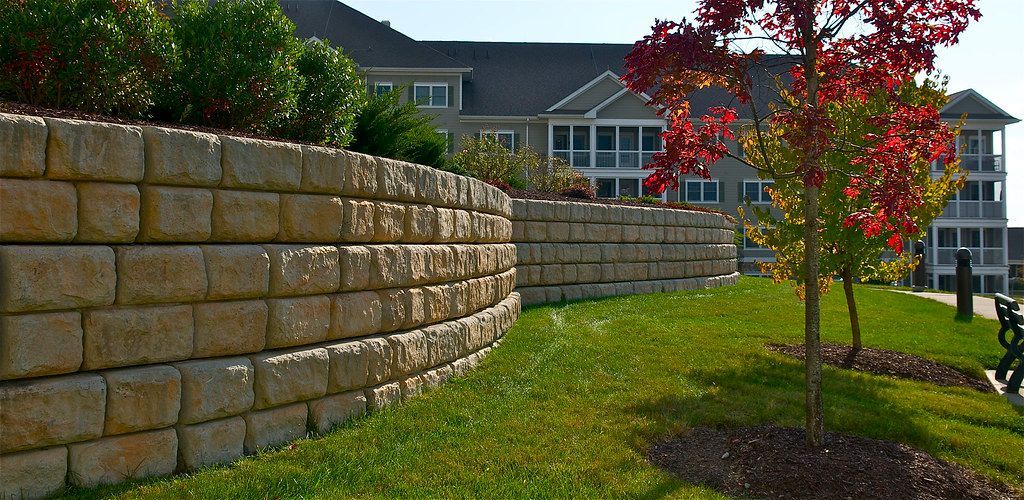
Selecting the best material for your retaining wall depends on several critical factors that affect both performance and cost-effectiveness.
Soil Type and Geotechnical Conditions
Heavy clay soils may require stronger materials like reinforced concrete due to expansion pressure and increased lateral earth pressure that develops with moisture changes. Clay soils exhibit different behavior than granular materials, creating higher forces against retaining structures and requiring careful analysis of pore water pressure effects. Sandy soils and loose granular material might benefit from the flexibility of vinyl systems or allow for lighter-weight solutions, though proper attention to drainage and angle of repose is essential.
The soil's density, friction angle, and drainage characteristics significantly influence material selection and construction methods. Soil mechanics analysis helps determine appropriate wall types, reinforcement requirements, and foundation design for specific ground conditions. Engineers must consider the soil's bearing capacity, potential for settlement, and behavior under various loading conditions to ensure long-term structural performance and prevent failure.
Slope Severity and Geological Factors
Steeper slopes often need robust materials such as concrete or reinforced natural stone for stability against increased gravitational forces and potential landslide conditions. The slope angle directly affects lateral pressure calculations and determines whether gravity walls, cantilever designs, or specialized systems like mechanically stabilized earth (MSE) walls with geogrid reinforcement are most appropriate for the specific application.
Areas prone to landslide or slope instability may require engineered solutions incorporating geotextile reinforcement, tieback anchors, or buttress systems to provide adequate safety factors against failure. The local geology, including rock formations, soil stratification, and groundwater conditions, influences both material selection and construction methods. Engineers must evaluate slope stability, potential for erosion, and long-term behavior of the retained earth mass to ensure adequate performance throughout the structure's design life.
Visual Goals and Aesthetic Requirements
Consider the overall look you want to achieve in your landscape design. Natural stone provides a rustic feel that complements traditional architecture, concrete offers modern versatility with various finish options, and vinyl delivers a clean, simple finish suitable for contemporary landscapes.
The integration with existing hardscape elements, pavers, and landscape features should guide material selection to ensure aesthetic continuity throughout the property.
Budget and Maintenance Considerations
Factor in both upfront costs and long-term maintenance requirements. While vinyl may be cheaper initially, stone and concrete offer longevity and increased property value that may justify a higher initial investment.
Consider the total cost of ownership, including installation, maintenance, and potential replacement over the structure's design life. Quality materials and proper construction techniques often provide better long-term value despite higher initial costs.
Engineering and Structural Requirements
The wall height, retained soil conditions, applied loads, and structural requirements determine minimum design criteria for different applications. Basement walls require different engineering considerations than garden retaining walls, including waterproofing, floor system connections, and integration with building foundations. Road applications demand structures capable of supporting traffic loads and meeting transportation engineering standards, while bridge abutments must coordinate retaining functions with structural support requirements.
Foundation requirements, bearing capacity limitations, local building codes, and geotechnical conditions may mandate specific materials or construction techniques for certain applications. The engineer must consider factors including lateral earth pressure distribution, shear force and bending moment calculations, soil-structure interaction, and long-term behavior under various loading scenarios. Structural engineering analysis using methods like finite element modeling helps optimize design efficiency while ensuring adequate safety factors against potential failure modes.
The HydroBlox Advantage
No matter which material you choose, integrating HydroBlox technology improves the performance of your retaining wall. HydroBlox panels provide reliable drainage by channeling water away from your wall, preventing soil erosion and structural damage. They are easy to install, eco-friendly, and require minimal maintenance, making them a perfect complement to any retaining wall system.
By combining the right materials with expert drainage solutions, you can build a retaining wall that is both visually appealing and functional, protecting your landscape for years to come. Ready to transform your outdoor space? Contact Drainage Technology Solutions today and discover how HydroBlox can protect your property from water damage.
